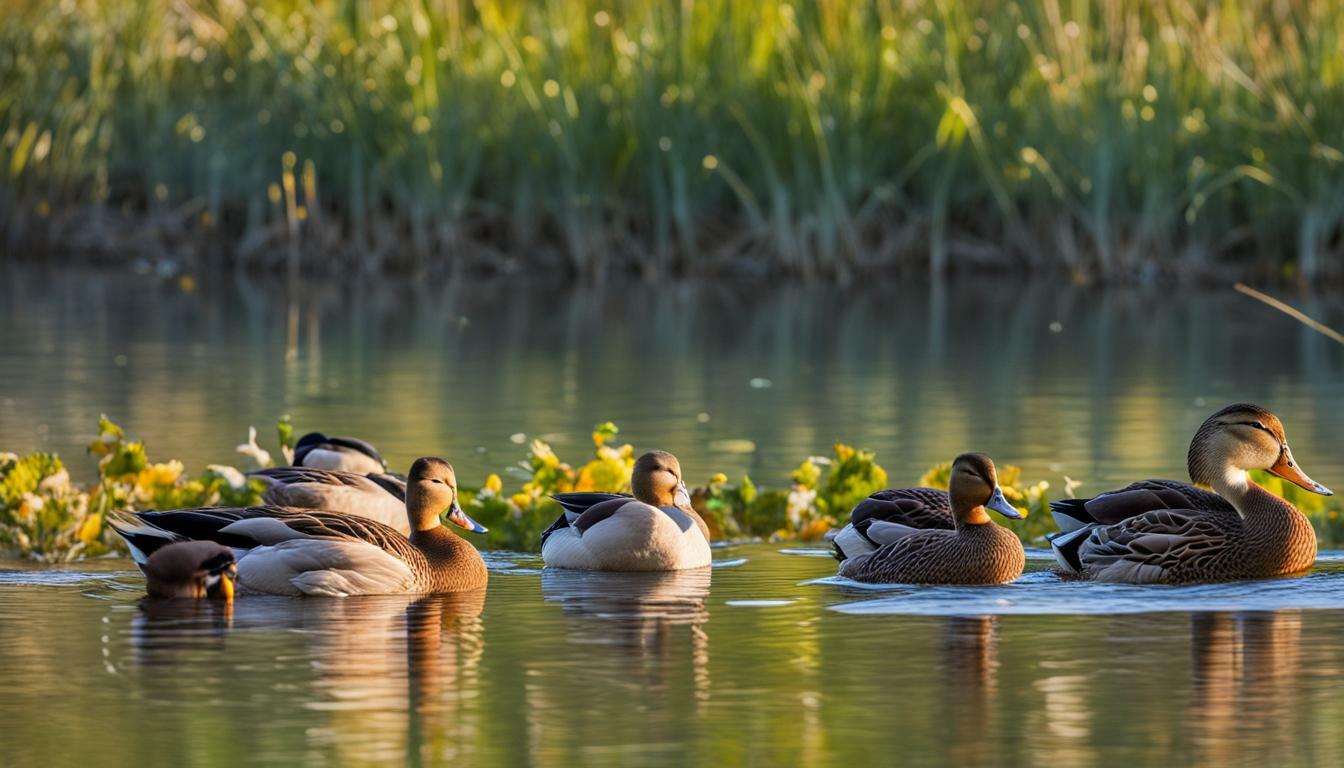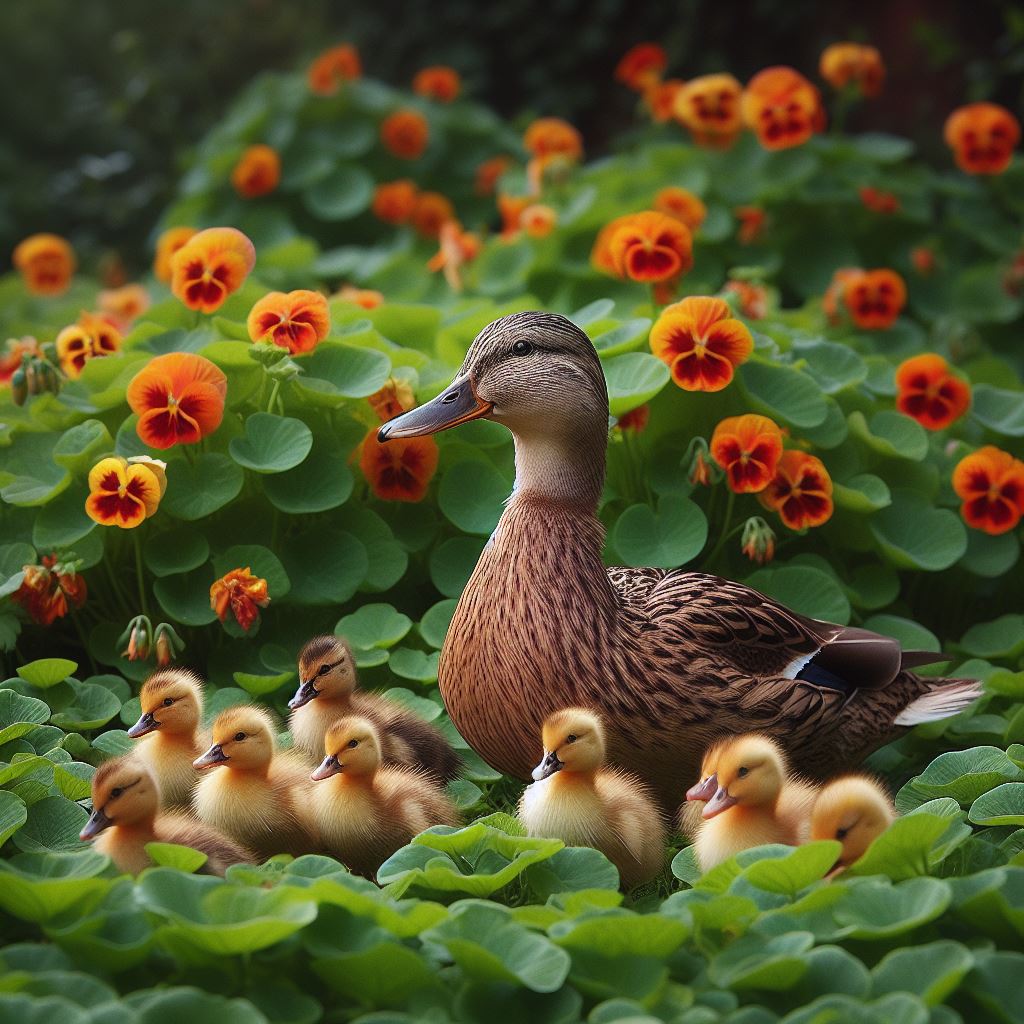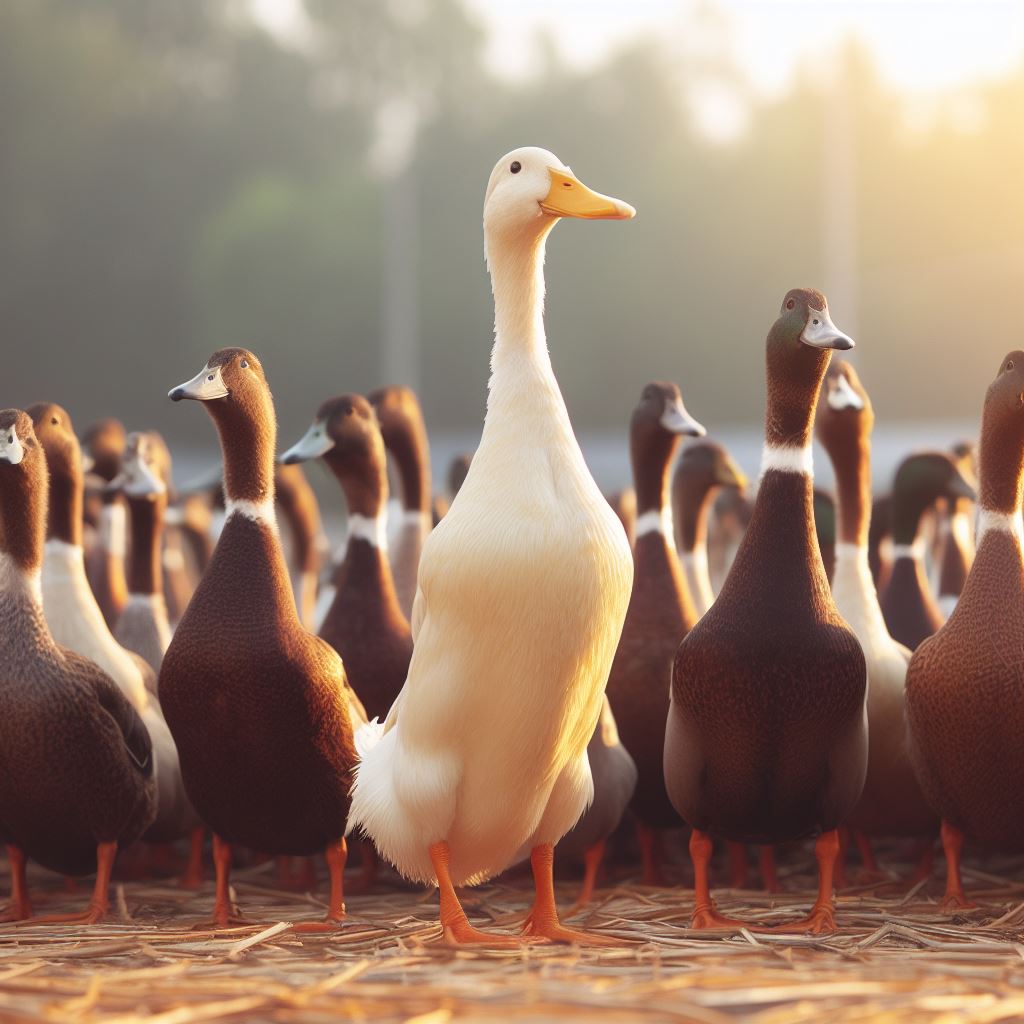Why Do Ducks Sleep With Their Heads Backwards? Unraveling Avian Mysteries

Table of content:
One of the most peculiar duck behaviors that often puzzles observers is their habit of sleeping with their heads tucked backwards, buried in their back feathers. This unusual sleeping posture seems completely contrary to everything we know about sleep. So why on earth do ducks sleep this way? As it turns out, this backwards sleeping position serves some important purposes for ducks.
An Overview of How Ducks Sleep
Before delving into why ducks sleep with their heads backwards, it’s helpful to understand the general sleeping habits of ducks. Ducks are diurnal, meaning they are active during the day and sleep at night. Like humans, ducks need to get adequate sleep to function well, generally about 7-8 hours a night.
Ducks sleep differently than humans in a few key ways:
- Standing sleep – Ducks often sleep while standing on land or floating in the water. They have special adaptations in their legs that allow them to stand and sleep without muscle fatigue.
- Unihemispheric sleep – Ducks can sleep with one half of their brain awake. This allows them to rest while staying alert to predators.
- Head tucked under wing – Ducks frequently tuck their heads backwards into their back feathers while sleeping. This is the bizarre posture that seems so contrary to restful sleep.
So in summary, ducks sleep in short bursts both during the day and at night, often while standing on one leg and with their head tucked backwards under their wing. This odd sleeping posture serves several important functions.
Keeps the Eyes and Head Warm
One of the main reasons ducks bury their heads in their feathers while sleeping is to keep their eyes and head warm. Ducks have evolved to withstand cold water temperatures. However, maintaining warmth, especially around sensitive areas like the eyes, ears and neck, is still important.
Tucking their head under their wing is an ingenious built-in blanket. The surrounding feathers trap heat and act as insulation for the head and eyes. This allows ducks to sleep in colder temperatures either on land or floating in icy water. By burying their head in their warm, fluffy down, ducks are able to get quality sleep even in frigid conditions.
Allows Ducks to Remain Alert
Another advantage of the head-tucked sleeping posture is that it allows ducks to remain alert for predators even when sleeping. As mentioned earlier, ducks can sleep with one half of their brain awake. The backwards head position enables them to keep one eye pried open watching for threats.
Ducks are vulnerable prey animals, so being able to continue monitoring their surroundings while sleeping is extremely beneficial. If a predator approaches during sleep, ducks can quickly lift their head to assess the threat. Their ability to sleep with half their brain awake gives ducks an edge when it comes to surviving in the wild.
Facilitates Balance and Floating
Sleeping while floating on water presents some unique challenges when it comes to stability and balance. Tucking the head backwards aligns the duck’s center of mass beneath the buoyant torso. This allows ducks to float evenly on the water without toppling over as they sleep.
The positioning of the head over the body’s center of buoyancy also enables ducks to rock back and forth on the water. This constant motion helps discourage ice from forming around a sleeping duck during extreme cold. By tucking their head inwards, ducks remain balanced and afloat when sleeping on the water.
Enables Circulation to the Brain
You might be wondering how ducks can get adequate blood flow and oxygen to their brain when their head is buried in feathers. Remarkably, ducks have adapted special blood vessels that allow continuous circulation to the brain even with the head tucked under.
Birds have very different blood vessel anatomy from mammals. Arteries in the duck’s neck are designed to flex and bend when the head is folded backwards without being constricted. This ensures oxygenated blood continues circulating to support brain function.
Without these specialized blood vessels, ducks would suffer brain damage and even death from lack of oxygen when sleeping with their head backwards. But their unique anatomy allows uninterrupted blood flow, enabling restful sleep.
Allows Ducks to Breathe Comfortably
A major question many people have is how ducks are able to breathe with their nose and mouth pressed into feathers for hours. It seems like they would suffocate sleeping that way, but ducks have adapted to allow comfortable breathing in any position.
The key lies in their nostrils, which are equipped with valves that close off the nostrils from water, dirt and feathers. Ducks can breathe through small openings in their upper bill called nares even when the main nostrils are blocked. Air can pass freely through the nares without feathers obstructing.
Additionally, ducks have a dense network of air sacs and sinuses in their head and neck that connect to the lungs. These allow air to move through alternate channels when the nostrils are obstructed. Between their specialized nose valves and air sac system, ducks can get fresh air for respiratory gas exchange no matter how they tucked in their head is.
Prevents Hearing Damage from Loud Noises
Ducks that live near loud areas like airplane flight paths face the problem of preventing hearing damage while trying to sleep. Folding the ears inwards underneath feathers provides significant sound insulation.
The coat of feathers is able to dampen ambient noise levels. This protects the inner ear structures from high decibel levels that could otherwise cause permanent damage. Sleeping with the head buried is like wearing noise-cancelling earmuffs for ducks in loud environments.
How Do Ducklings Sleep?
You might be wondering – if ducks sleep with their heads tucked under their wings, how do ducklings that lack developed feathers and wings sleep? Ducklings are covered in fuzzy down, which does not provide the same insulation and protection as adult feathers.
For the first week or two, ducklings do not have the ability to sleep with their head backwards or tucked under a wing. Instead, they sleep huddled close together in piles or broods for warmth and protection. The ducklings crowd together, often with their mother standing guard nearby to ward off predators.
By about 3 weeks of age, the ducklings’ feathers begin growing in. At this point, they are able to start tucking their head under a partly developed wing to sleep. As their feathers fill out over the next few weeks, the ducklings eventually gain the ability to sleep with the full head-tucked-under posture.
So in summary, very young ducklings rely on piling together but transition to tucking their heads as their feathers grow in. Eventually they adopt the classic mature duck sleeping posture.
Conclusion: An Unusual But Functional Habit
While sleeping with the head tucked backwards may seem like a strange, dysfunctional pose to us humans, it clearly provides some important benefits for ducks. The backwards head position enables ducks to stay warm, alert, balanced, and able to breathe easily even in the most challenging sleep environments.
Ducks did not adopt this seemingly awkward posture by accident or coincidence. Their sleeping habits evolved over thousands of years to best support rest, survival and wellbeing. Understanding the science behind why ducks sleep this way can help us appreciate the ingenuity and uniqueness of different animal behaviors. The next time you see a duck sleeping with its head buried backwards, remember all the clever evolutionary adaptations that make this possible!
So in summary:
- Ducks tuck their heads under their wings to keep the eyes/head warm and insulated in cold weather.
- The posture allows ducks to monitor for predators and react quickly even when sleeping.
- Tucking the head backwards enables balance and stability when floating on water.
- Specialized blood vessel anatomy permits circulation to the brain in the head-tucked position.
- Ducks can breathe comfortably with the head buried thanks to nostrils valves and air sacs.
- Ears folded inwards are protected from hearing damage in loud environments.
While it seems contrary to restful sleep, the backwards head posture is a brilliant adaptation that enables ducks to thrive in diverse habitats as they snooze. This quirky duck behavior has an evolutionary logic!
Welcome. I’m Adreena Shanum, the proud owner of this website, and I am incredibly passionate about animals, especially poultry. I founded adreenapets.com as a labor of love, stemming from my desire to share my knowledge and experiences with poultry enthusiasts worldwide.




